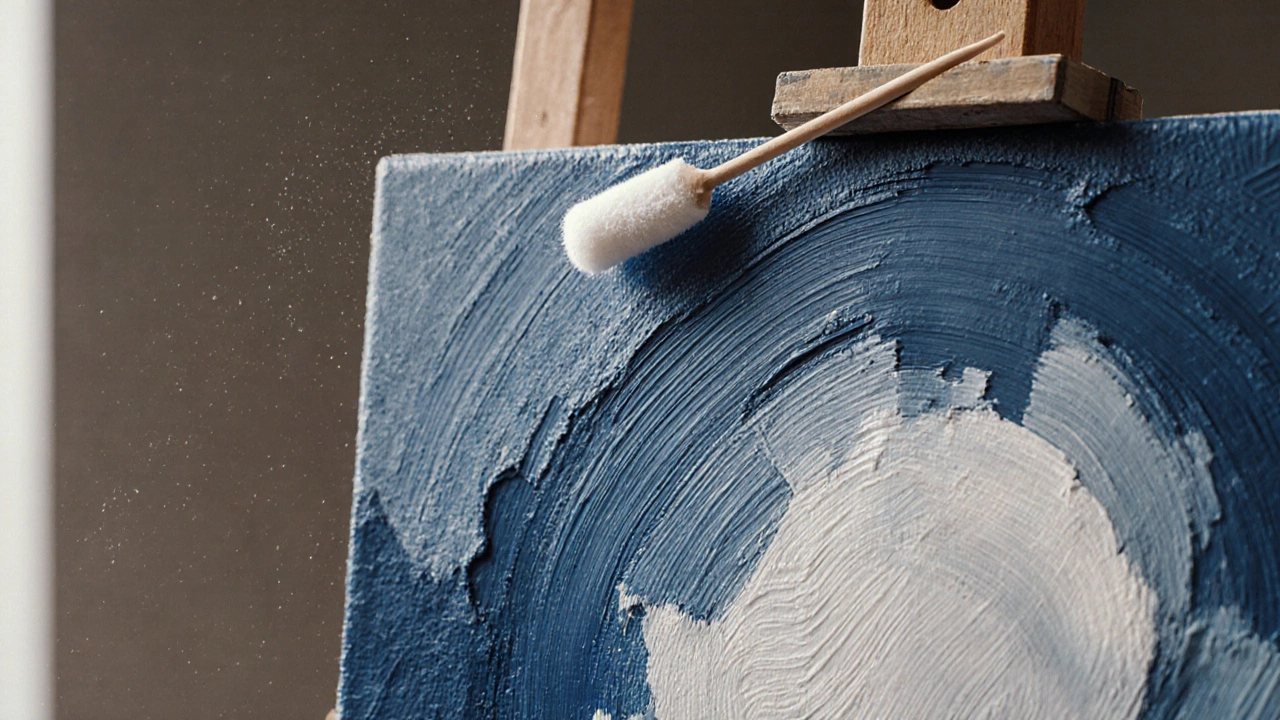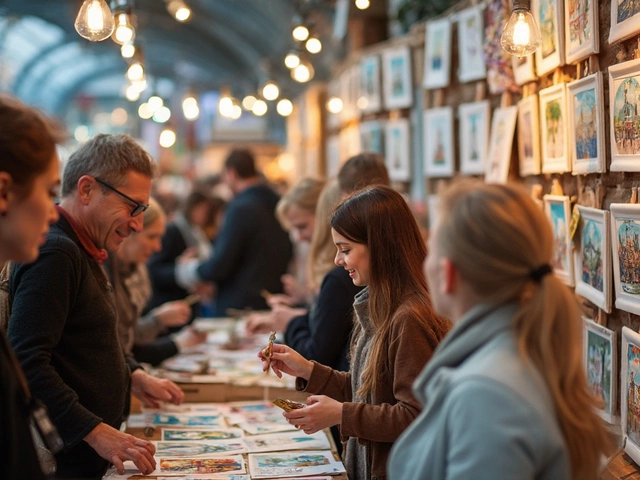Seal Oil Painting: Techniques, History, and Why It Matters in Art
When you think of oil painting, you probably picture linseed oil on canvas. But seal oil painting, a traditional medium used by Indigenous Arctic communities for centuries, involves rendering fat from seals into a durable, slow-drying binder for pigments. Also known as marine oil painting, this method was never just about aesthetics—it was survival turned into art. Unlike linseed oil, seal oil dries slower, creates a slightly flexible film, and resists cracking in extreme cold. It was the go-to binder for Inuit and Yupik artists who painted on animal skins, walrus ivory, and driftwood long before commercial paints existed.
Seal oil painting isn’t a style—it’s a material choice. It relates to traditional art materials, substances sourced directly from nature and processed by hand, often passed down through generations, like bone glue, charcoal from firewood, and ochre dug from riverbanks. These materials carry cultural weight. A seal oil painting isn’t just a picture; it’s a record of place, season, and animal behavior. It connects to historical painting methods, techniques used before industrial pigments and synthetic binders became standard in the 19th century, such as egg tempera or casein. Artists today who use seal oil aren’t just replicating old ways—they’re preserving knowledge that’s fading as access to traditional materials declines.
Modern artists rarely use seal oil, but they should know about it. Why? Because it challenges the assumption that oil painting always means linseed. It reminds us that paint isn’t just chemistry—it’s culture. If you’ve ever wondered why some old Arctic artworks survived harsh winters while European oil paintings cracked, seal oil might be the answer. It’s less predictable than modern mediums, harder to source, and requires patience. But that’s the point. It forces you to slow down, to work with the material, not against it.
What you’ll find in the collection below isn’t a tutorial on how to make seal oil paint (though the process is fascinating). Instead, you’ll see how artists today think about materials, how history shapes technique, and why the simplest choices—like what you mix your pigment with—can carry the weight of centuries.
Should I Seal My Oil Painting? A Practical Guide to Varnishing for Long-Lasting Color
Learn when and how to properly varnish your oil painting to protect colors, prevent yellowing, and ensure it lasts decades. Avoid common mistakes and choose the right varnish for long-term preservation.
Continue Reading




